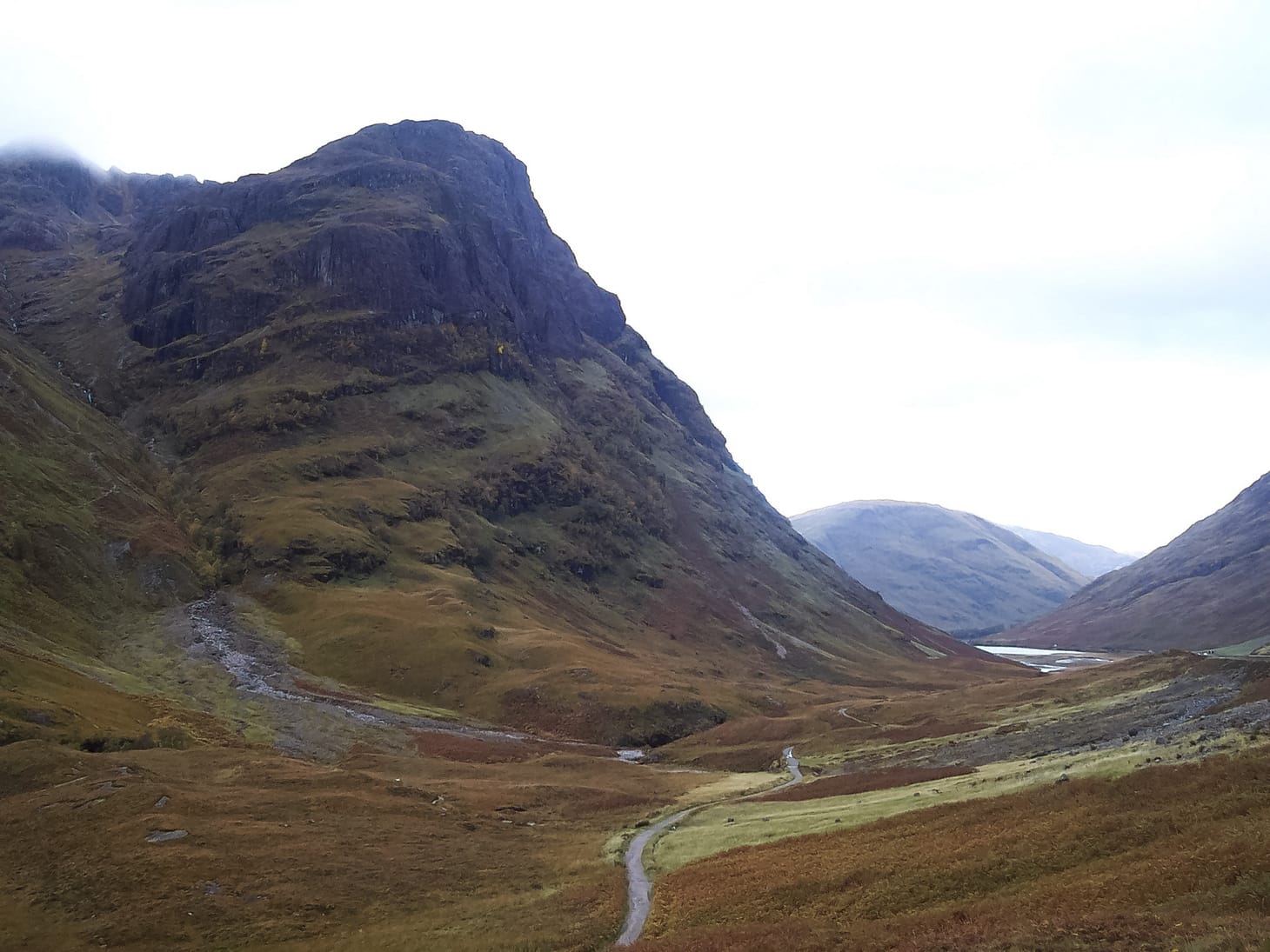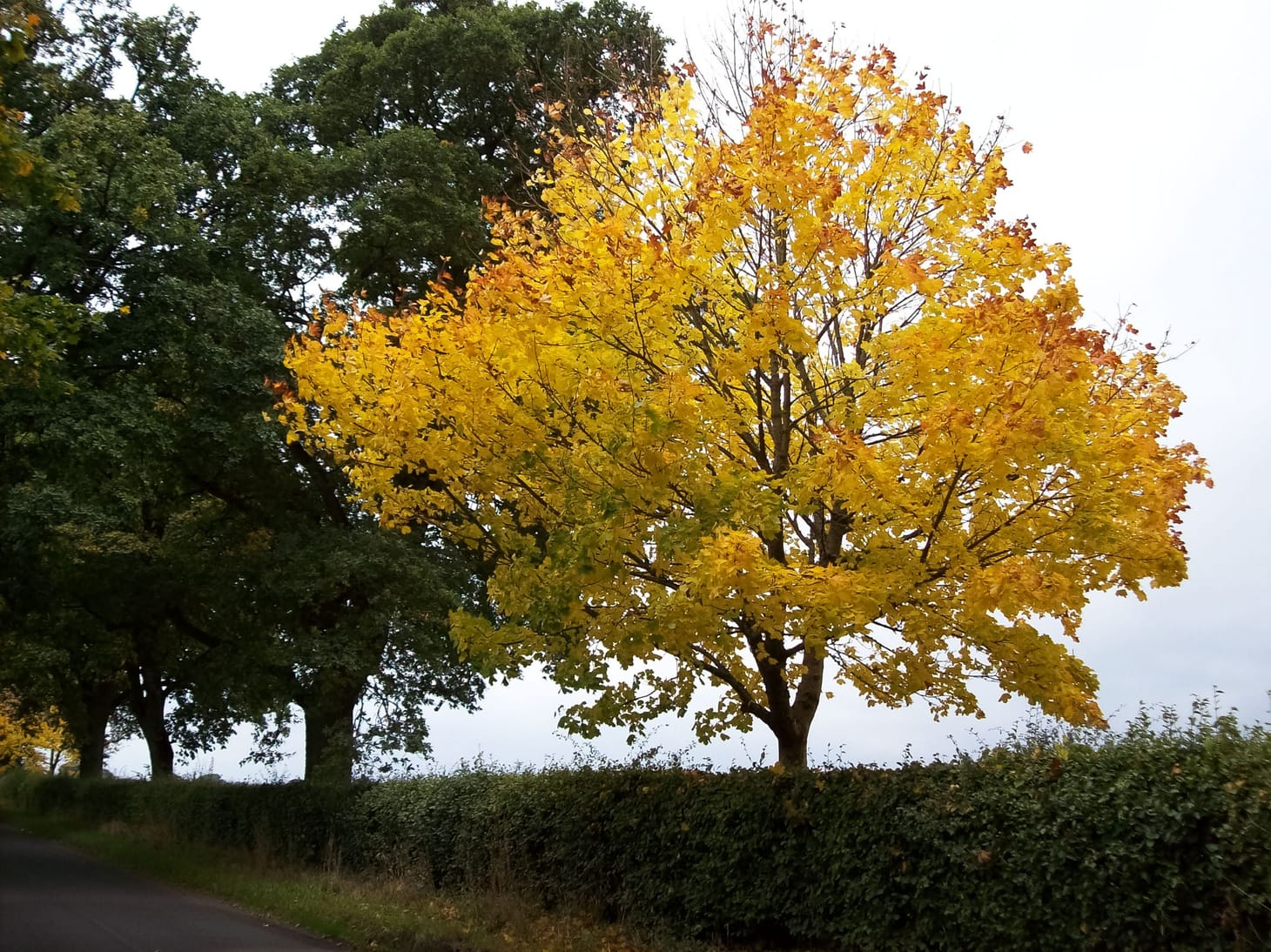An afternoon of bird photography at Gibraltar Point
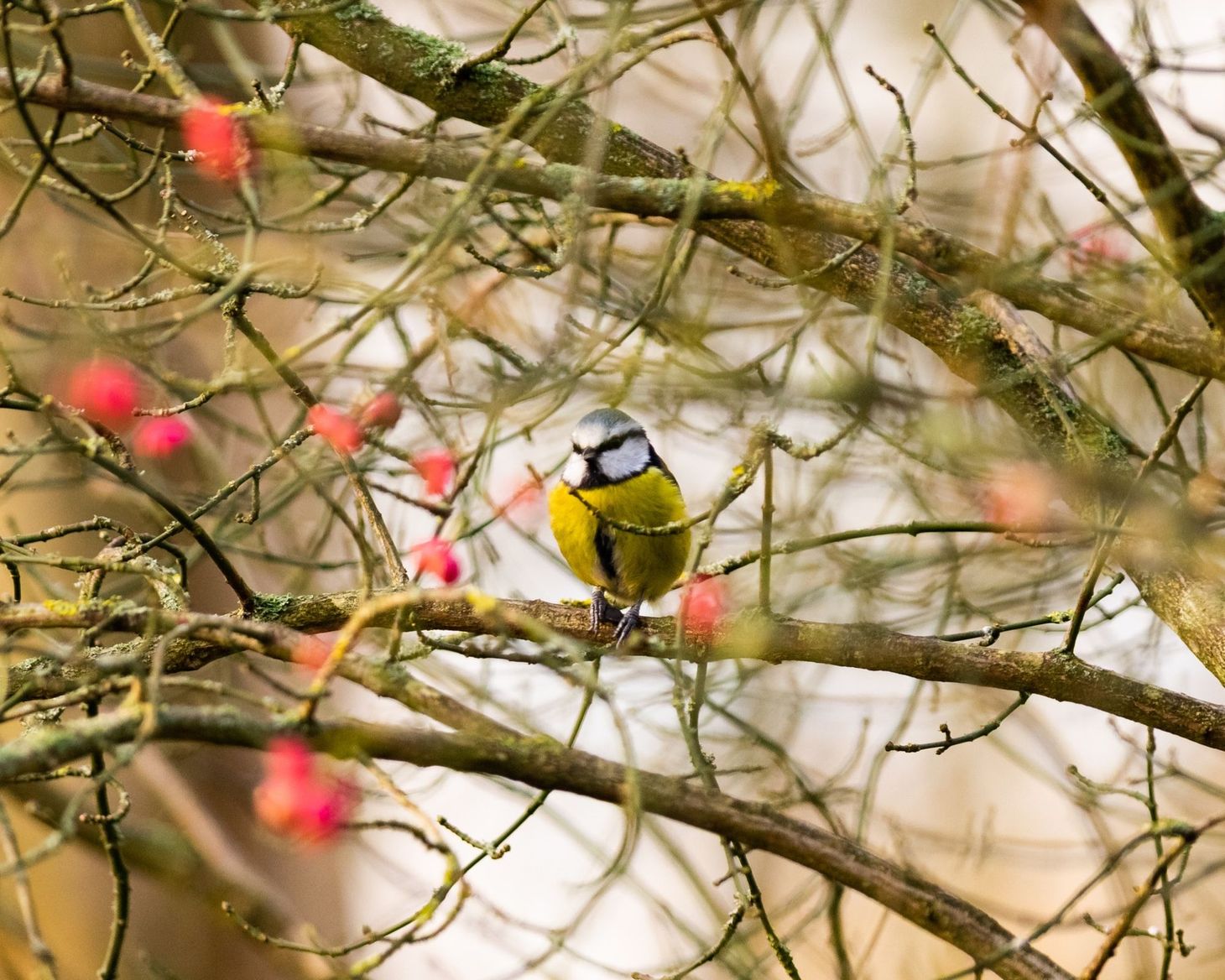
I’m very fortunate to live a few miles away from Gibraltar Point, one of the best wildlife reserves on the Lincolnshire coast. This afternoon I took my camera for a walk, and saw a few birds despite the high winds.
I love spending time in wild places, but I’m not very good at remembering that wild places can be found on your doorstep – you don’t always have to head to the mountains to find them. In fact, lowland wildlife sanctuaries are often home to a far more diverse range of species than our upland areas. The beauty here is not in vast, sweeping landscapes, but in the detail.
Gibraltar Point, on the Lincolnshire coast near Skegness, is my local patch of wildness. I tend to visit a few times each year, but I always think I should visit more often. It’s a large area of wetland, including both freshwater and saltwater marsh, estuary habitat, and extensive scrub woodland (which is being managed with conservation grazing). Over the winter, thousands of winter migrants make their home here, including hundreds of geese, ducks, and wading birds of all kinds. Hen harriers, marsh harriers, owls, and other raptors can also be seen.
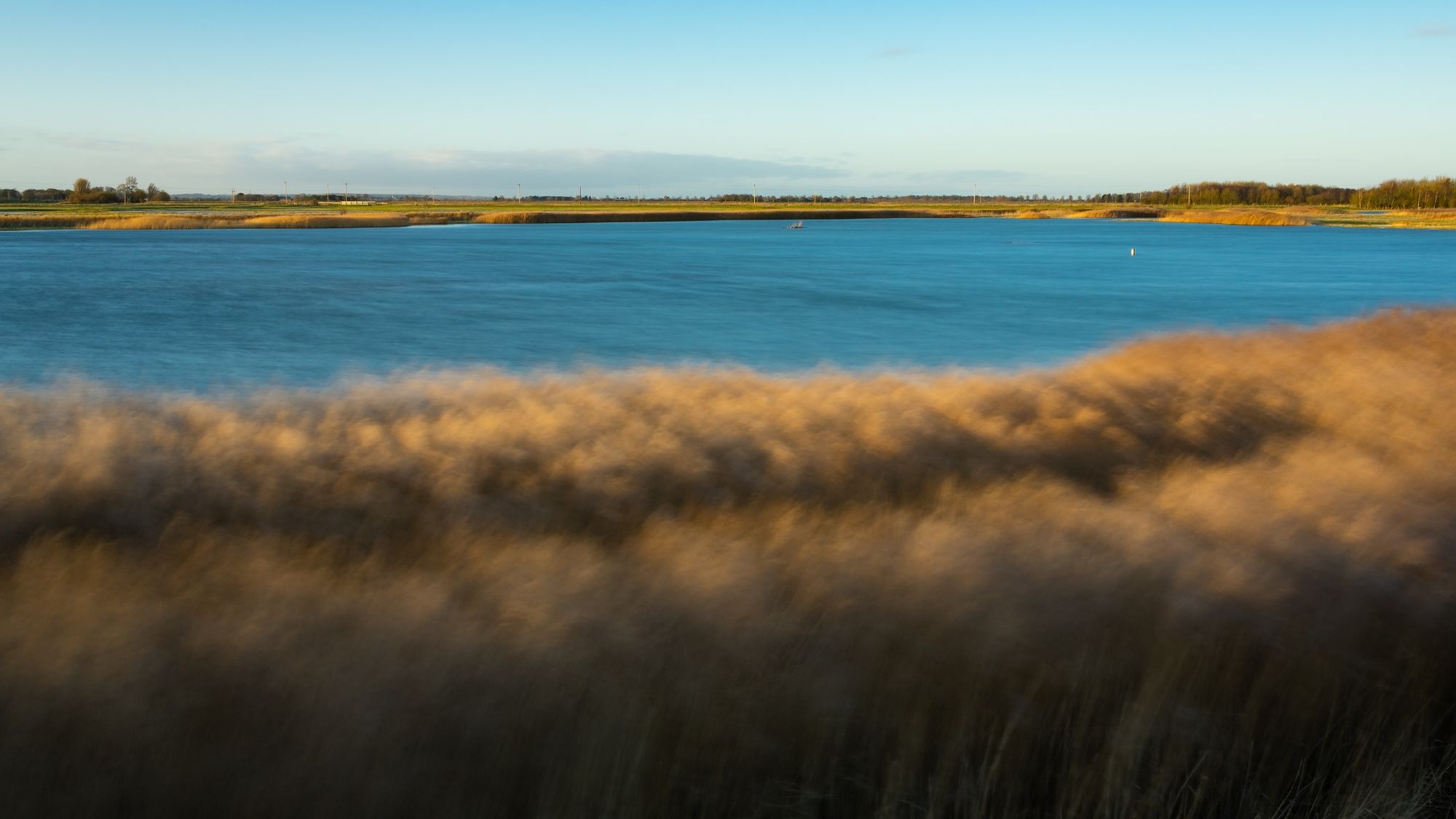
Today I thought I’d go for a walk through the reserve to see what I could see. The weather was absolutely freezing as I set out along the seashore – 5-6°C, wind gusting at around 30mph, and vollies of rain and hail from time to time. I didn’t hold out much hope of seeing anything interesting, as I feared all the birds would be hiding from the weather. For the first hour I saw nothing but a few crows and gulls wheeling overhead, fighting the wind. Gusts feathered the water in the creek and soon enough I decided to turn back inland, walking through the extensive scrublands where hawthorn, blackthorn and other shrubs predominate. In this area I spotted a few blackbirds munching on hawthorn berries.
Through my binoculars I saw a marsh harrier swooping over a distant patch of wetland, but that was my only glimpse of a raptor today, sadly.
I decided to head to the feeding station in a patch of woodland. This area is usually mobbed by smaller perching birds, and sure enough I found a frenzy of blue tits, great tits, finches, thrushes, blackbirds and robins fighting over the food provided for them. I came away with a couple of images of blue tits that I quite like. The second isn’t perfectly in focus, but the bird looks so relaxed and thoughtful that it’s one of my favourite images from the whole day.
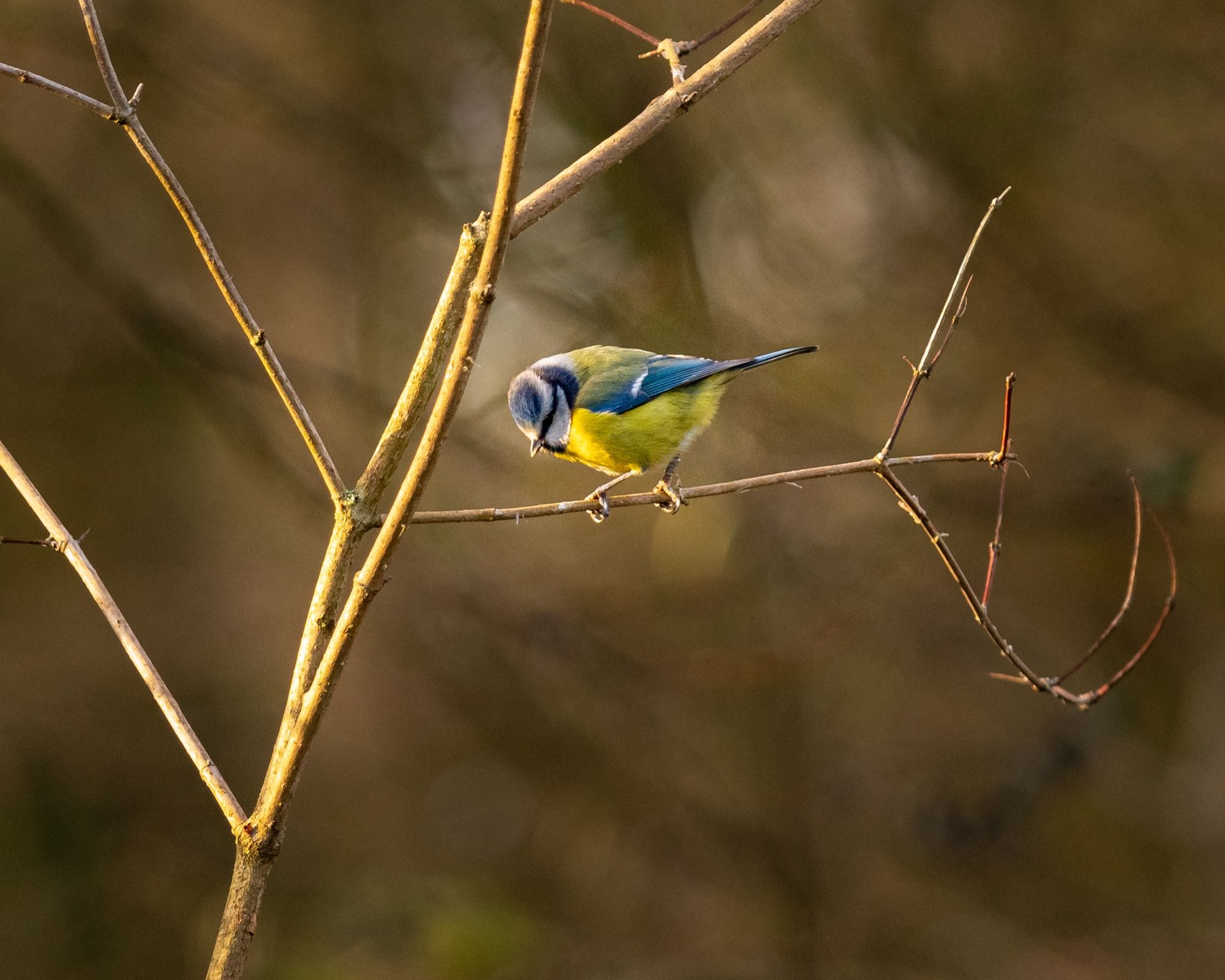

Afterwards, I visited several of the hides on the reserve, overlooking the wetland areas. Water levels were quite high and I soon found that this was where most of the birds were hiding – in most cases hunkered down, as I’d suspected, behind reedbeds or other shelter. There were ducks galore (mallard, goldeneye, teal, shoveler), Canada geese, coots, gulls, curlews (I always love hearing their bubbling call over the marshes), and more. For a while I watched a dabchick diving for food. Soon I headed to the next hide.
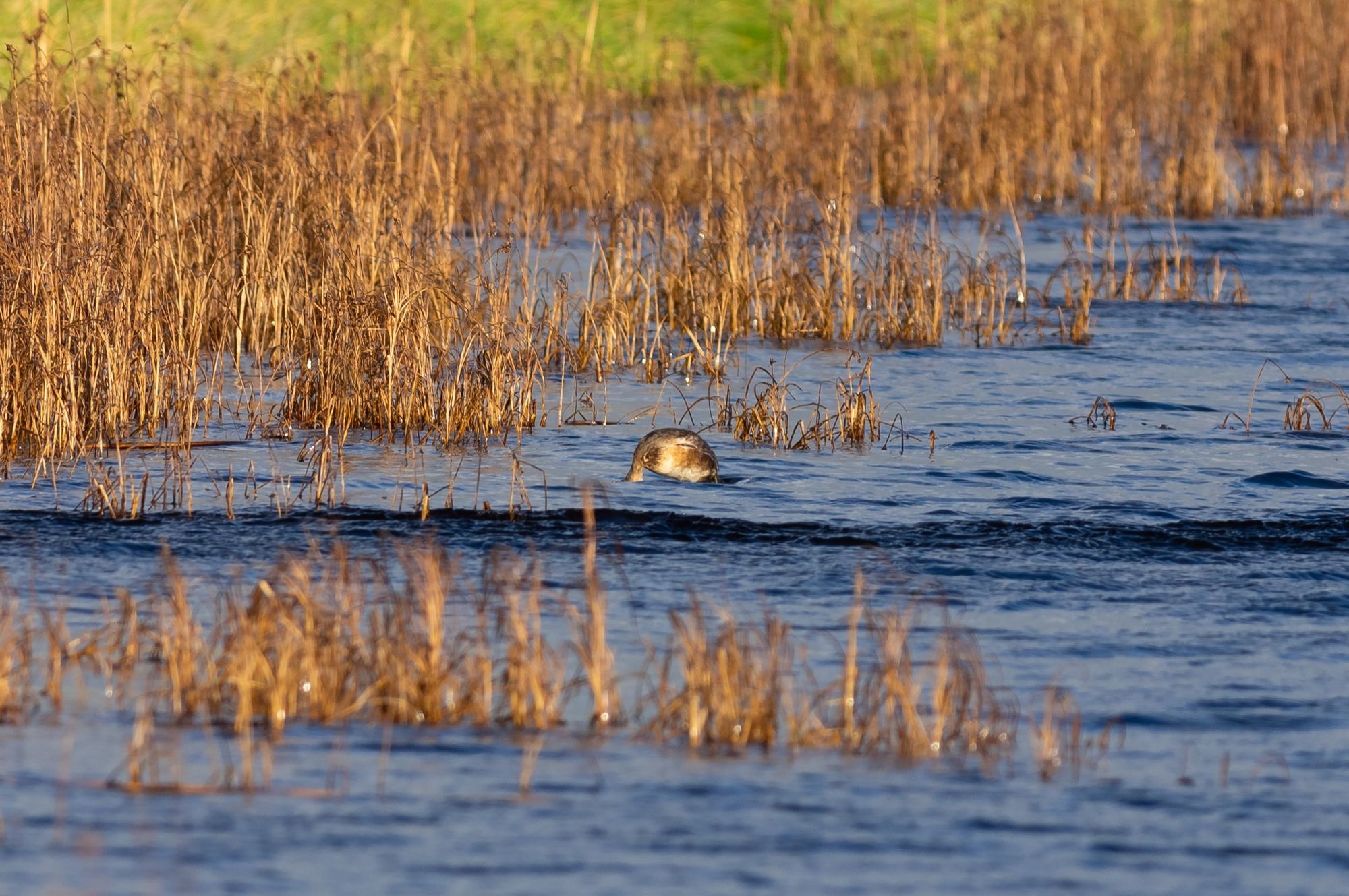
At Jackson’s Marsh I saw a little egret flapping past me at fairly close range, and managed to get one reasonably sharp shot. It landed not too far away, and for the next 10-15 minutes I was able to watch it feed. It waded carefully through the shallows with its large, yellow feet, watching the water intently before stabbing down with its sharp bill. I saw it catch and eat several small wriggling creatures (tiny fish, I assume). Watching an egret from such close range was a privilege. I’m not entirely happy with the images I managed to capture of it feeding – the light isn’t great, and the egret doesn’t have much definition against the reflections on the water – but it’s the closest I’ve been to an egret before, and it was wonderful to watch it for so long. A polarising filter may have helped handle the reflections.
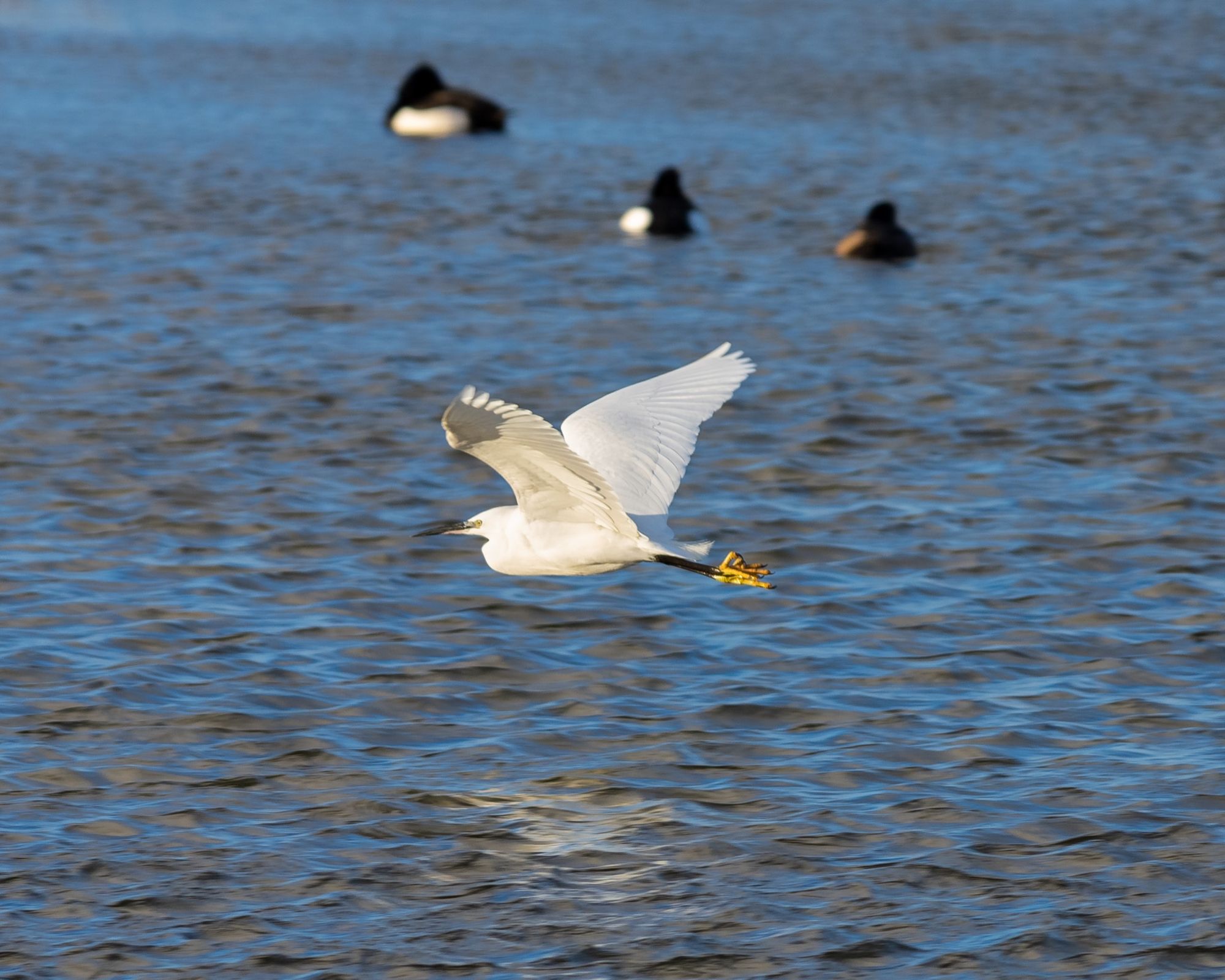
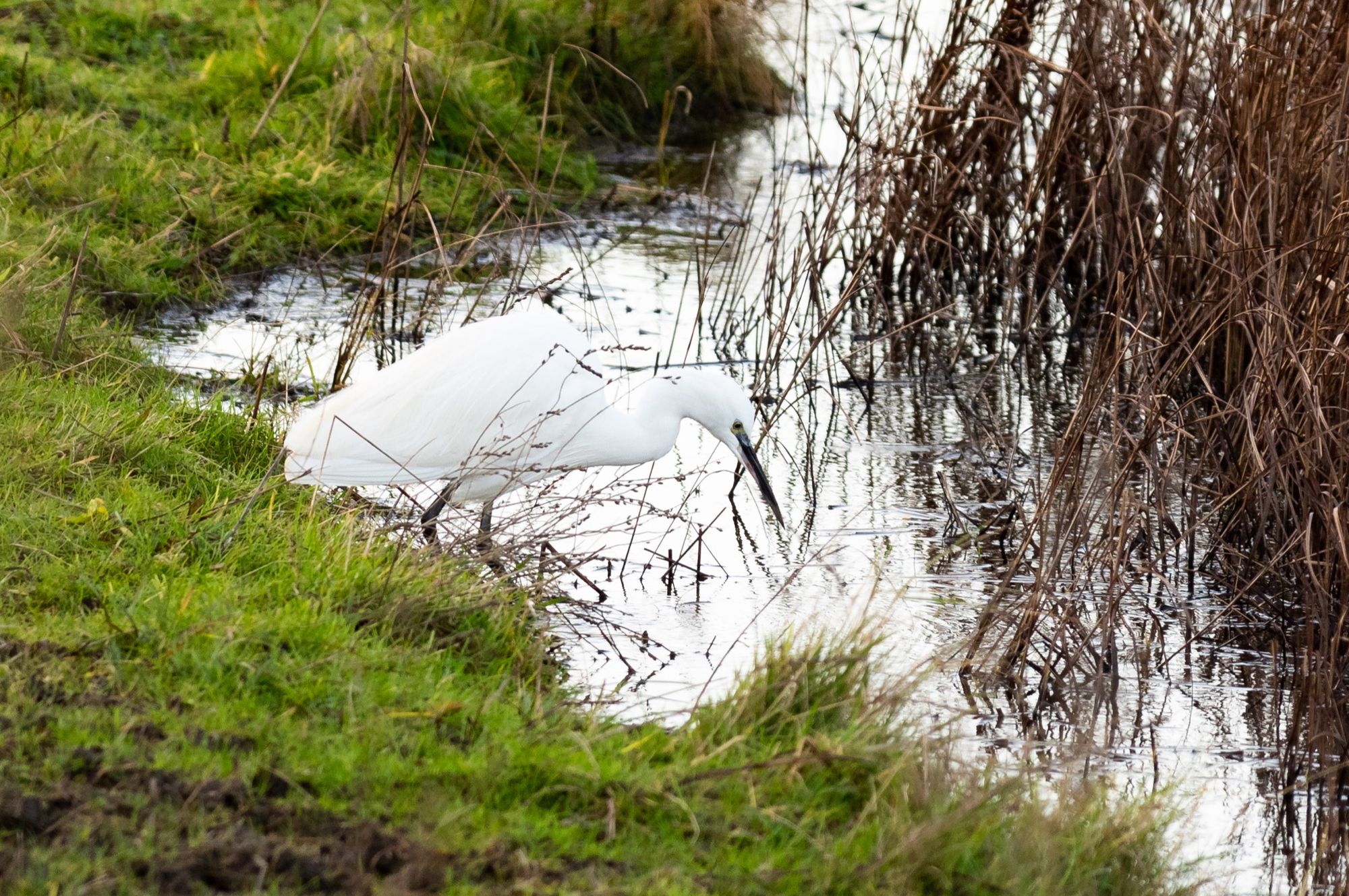
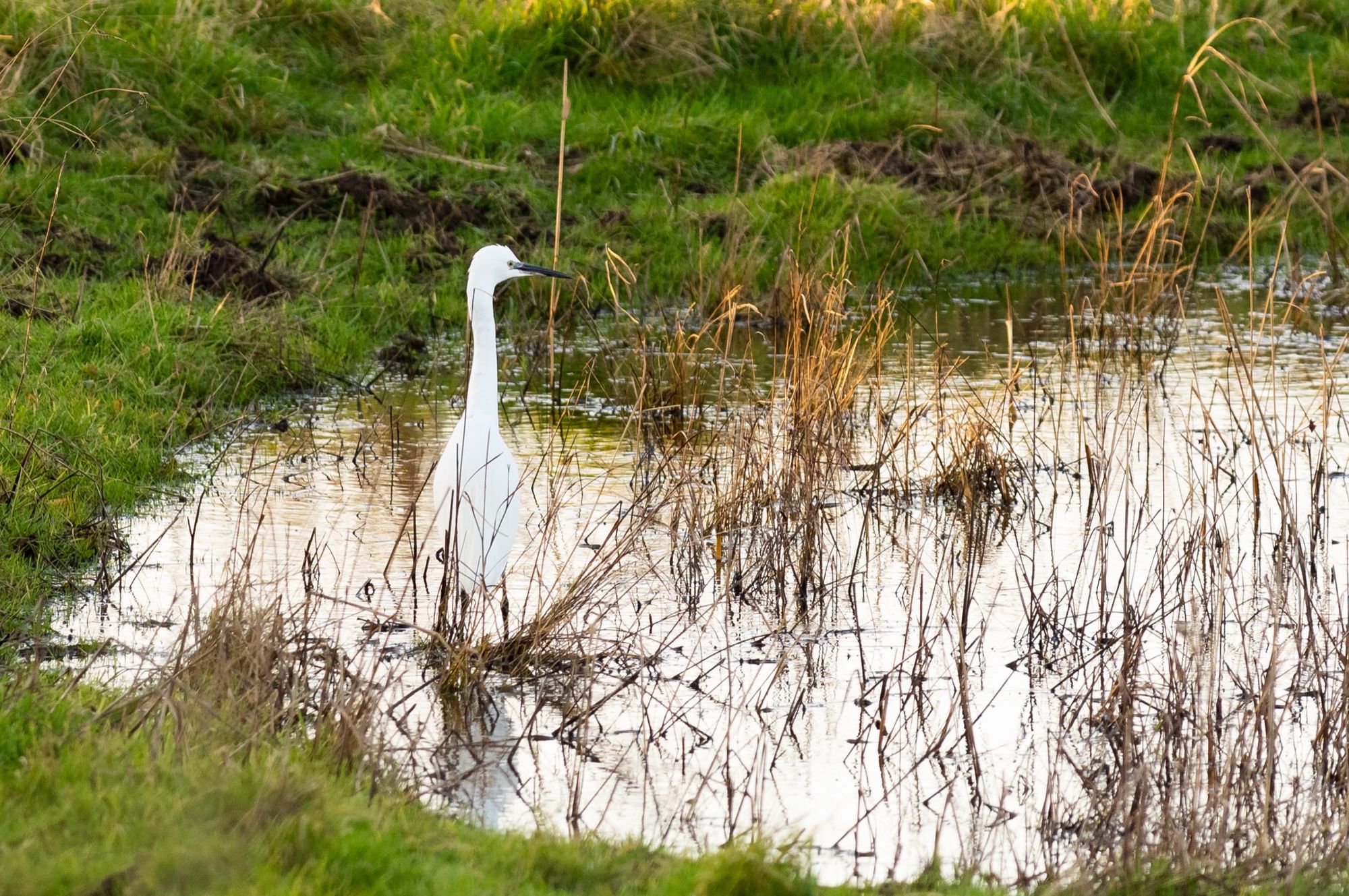
Eventually it was time to head for home. The light was turning golden, but I doubted I’d see many more birds – it was just too windy. I’ll certainly be back sooner rather than later, though. It’s vital that we cherish these havens for biodiversity on our doorsteps. They’re just as important as the big, grand places far away that get all the attention.
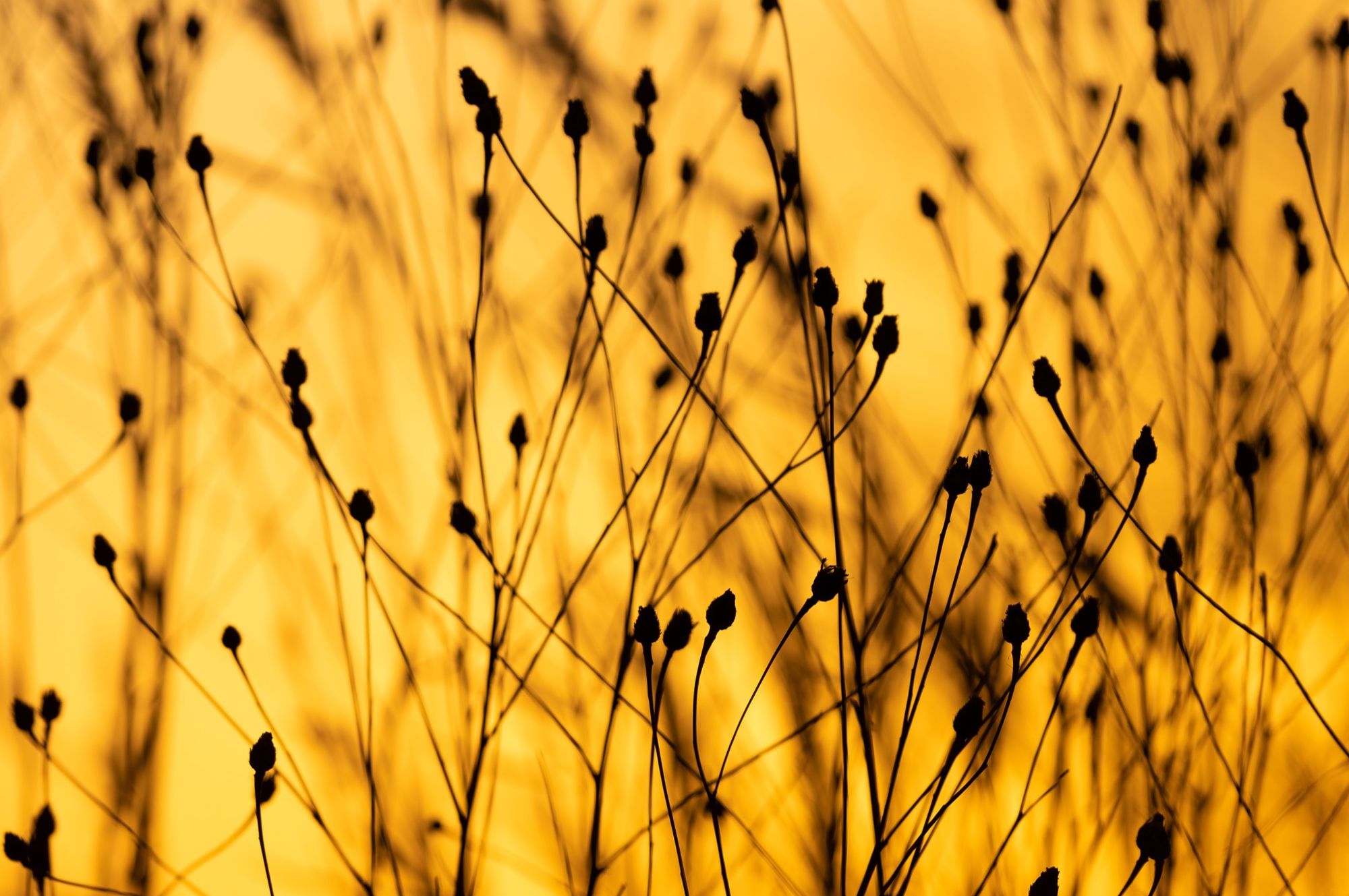
All images © Alex Roddie. All Rights Reserved. Please don’t reproduce these images without permission.
Alex Roddie Newsletter
Join the newsletter to receive the latest updates in your inbox.


